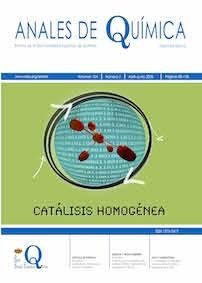Abstract
Pollution by heavy metals is one of the most serious environmental problems today. Biosorption, by means of biomaterials such as marine seaweeds, mushrooms, bacteria and yeast, is considered a viable and applicable biotechnology for the large-scale treatment of residual waters with low heavy metals concentration in the range of 1 to 100 mg/L. Among the biosorbents used in this field, marine seaweeds have shown a higher efficiency, applicability, and selectivity for heavy metals than their analogs. The chemical and mechanical properties of marine seaweeds that show higher affinity with mainly divalent heavy metals; the comparison of biosorption by marine seaweeds and other biomaterials and finally the most prevalent techniques used in biosorbent's characterization and biosorption are detailed in the present review.

This work is licensed under a Creative Commons Attribution-NonCommercial-ShareAlike 4.0 International License.

